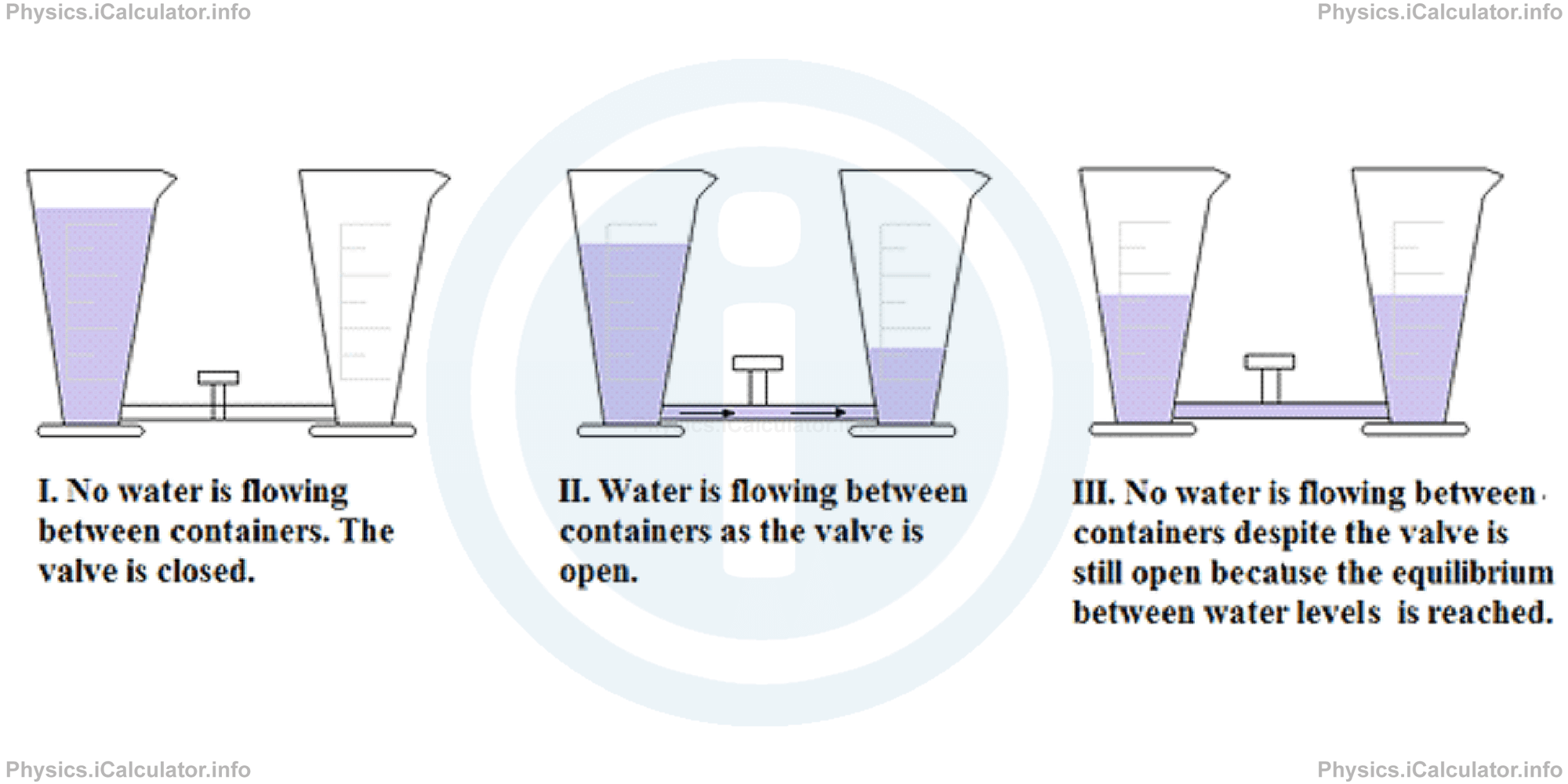Menu
Physics Lesson 15.1.1 - Moving Charges. The Meaning of Electric Current
Please provide a rating, it takes seconds and helps us to keep this resource free for all to use
Welcome to our Physics lesson on Moving Charges. The Meaning of Electric Current, this is the first lesson of our suite of physics lessons covering the topic of Electric Current. Current Density, you can find links to the other lessons within this tutorial and access additional physics learning resources below this lesson.
Moving Charges. The Meaning of Electric Current
Stationary charges do not do any work. In fact, there are some useful applications of static electricity in daily life such as electrostatic precipitator, paint spray, photocopying machine, etc. as explained in the previous chapter; however, they are not really indispensable for the today's life. Most applications related to electricity in today's world use moving charges (dynamic electricity or electrodynamics) to operate. With moving charges, we usually have in mind electrons, as they are able to move freely between the atoms of conductor. For this reason, electrons are widely recognized as the main carriers of electricity. As we have explained earlier, protons (positive charges) are locked inside the nuclei of conductors and therefore they are not able to move. However, we will see later that in some specific cases, positive charged ions are also carriers of electricity, so we can say that not only negative charges are able to flow but this is an ability of positive charges as well.
Electric charges (typically electrons) always flow from places where there are more electrons to the places in which there are less electrons. This behaviour is similar to the behaviour of water when two containers with different levels of water are connected through a pipe. Water starts flowing from the higher level to the lower level container. This flow stops only after a balance in water level between the two containers is reached.

The same thing occurs to electric charges as well. If there is some misbalance (a potential difference) between the numbers of free charges in the two extremities of a conductor, a charge flow takes place until both extremities have the same density of free charges.
By definition, electric current, is the amount of electric charges flowing through any point of conductor in the unit time.
The symbol of electric current in formulae is I. This is because the term "electric current" is an abbreviation of the longer term "intensity of electric current", but we use the short term "electric current" or simply "current" in conversational form.
Mathematically, we have
The unit of electric current, Ampere (amp), A, is one of the seven fundamental units in the SI system used in science. Rearranging the above formula, we obtain the unit of electric charge, Coulomb in fundamental SI terms. Thus, since
it is easy to see that Coulomb = Ampere ∙ second in the SI system of units.
For example, if a device indicates the value 0.2 A on the display plate, it means there are 0.2 A ∙ 1 s = 0.2 C of charge flowing through the device in every second.
You have reached the end of Physics lesson 15.1.1 Moving Charges. The Meaning of Electric Current. There are 4 lessons in this physics tutorial covering Electric Current. Current Density, you can access all the lessons from this tutorial below.
More Electric Current. Current Density Lessons and Learning Resources
Whats next?
Enjoy the "Moving Charges. The Meaning of Electric Current" physics lesson? People who liked the "Electric Current. Current Density lesson found the following resources useful:
- Moving Charges Feedback. Helps other - Leave a rating for this moving charges (see below)
- Electrodynamics Physics tutorial: Electric Current. Current Density. Read the Electric Current. Current Density physics tutorial and build your physics knowledge of Electrodynamics
- Electrodynamics Revision Notes: Electric Current. Current Density. Print the notes so you can revise the key points covered in the physics tutorial for Electric Current. Current Density
- Electrodynamics Practice Questions: Electric Current. Current Density. Test and improve your knowledge of Electric Current. Current Density with example questins and answers
- Check your calculations for Electrodynamics questions with our excellent Electrodynamics calculators which contain full equations and calculations clearly displayed line by line. See the Electrodynamics Calculators by iCalculator™ below.
- Continuing learning electrodynamics - read our next physics tutorial: Electric Resistance. Combinations of Resistors
Help others Learning Physics just like you
Please provide a rating, it takes seconds and helps us to keep this resource free for all to use
We hope you found this Physics lesson "Electric Current. Current Density" useful. If you did it would be great if you could spare the time to rate this physics lesson (simply click on the number of stars that match your assessment of this physics learning aide) and/or share on social media, this helps us identify popular tutorials and calculators and expand our free learning resources to support our users around the world have free access to expand their knowledge of physics and other disciplines.
Electrodynamics Calculators by iCalculator™
- Amount Of Substance Obtained Through Electrolysis Calculator
- Charge Density Calculator
- Electric Charge Stored In A Rc Circuit Calculator
- Electric Field In Terms Of Gauss Law Calculator
- Electric Power And Efficiency Calculator
- Electron Drift Velocity Calculator
- Equivalent Resistance Calculator
- Force Produced By An Electric Source Calculator
- Joules Law Calculator
- Ohms Law Calculator
- Potential Difference In Rc Circuit Calculator
- Resistance Due To Temperature Calculator
- Resistance Of A Conducting Wire Calculator